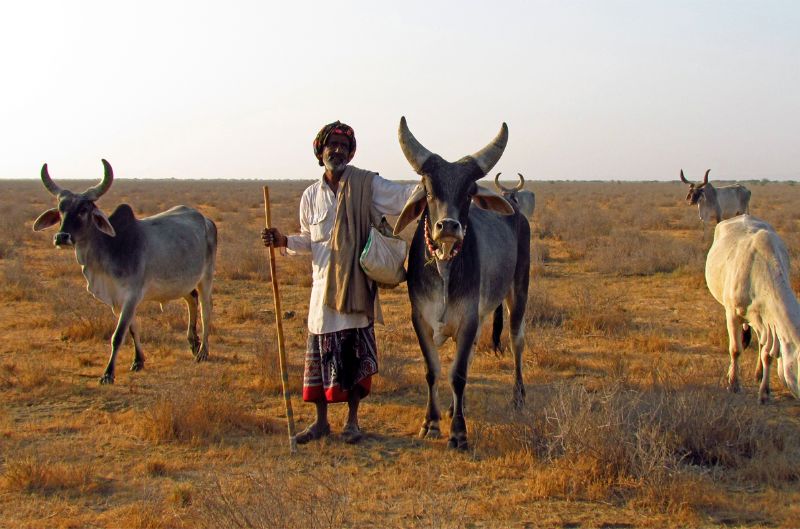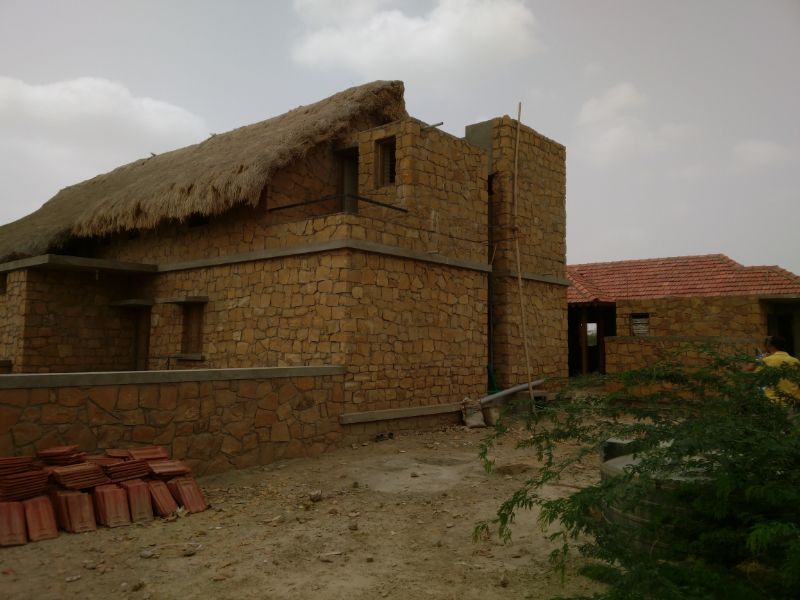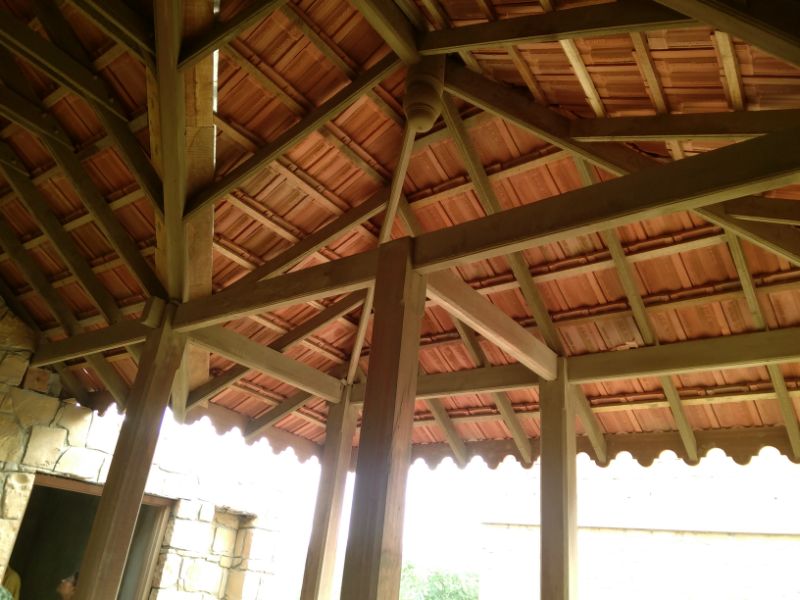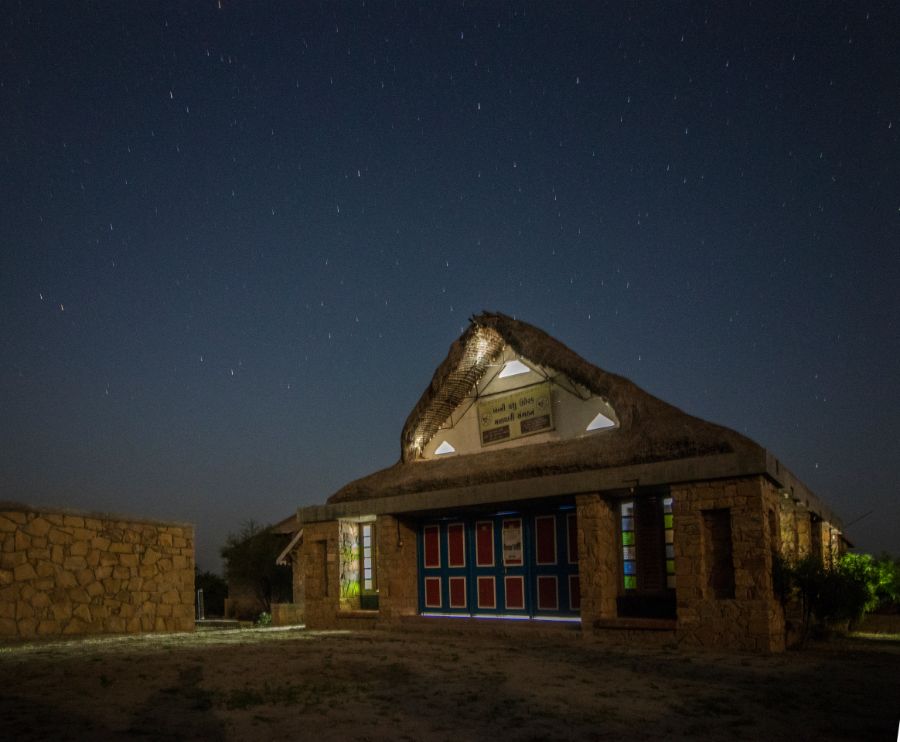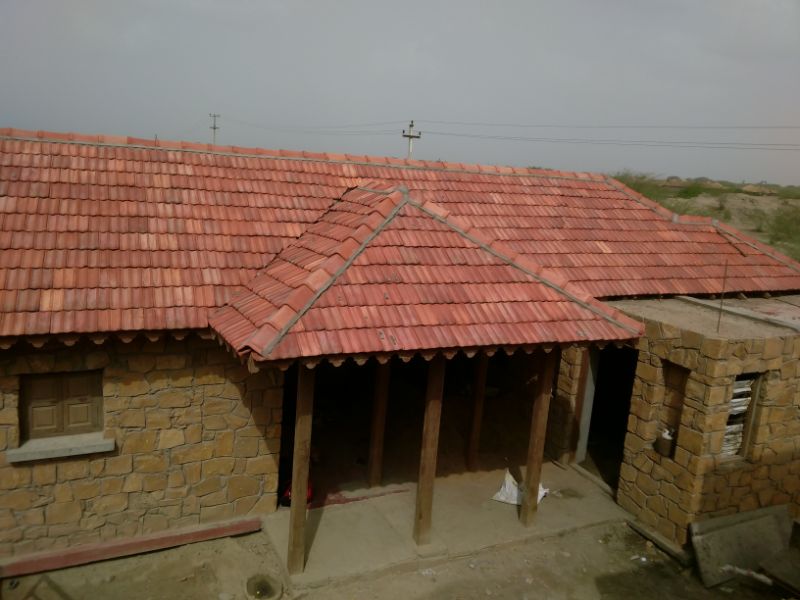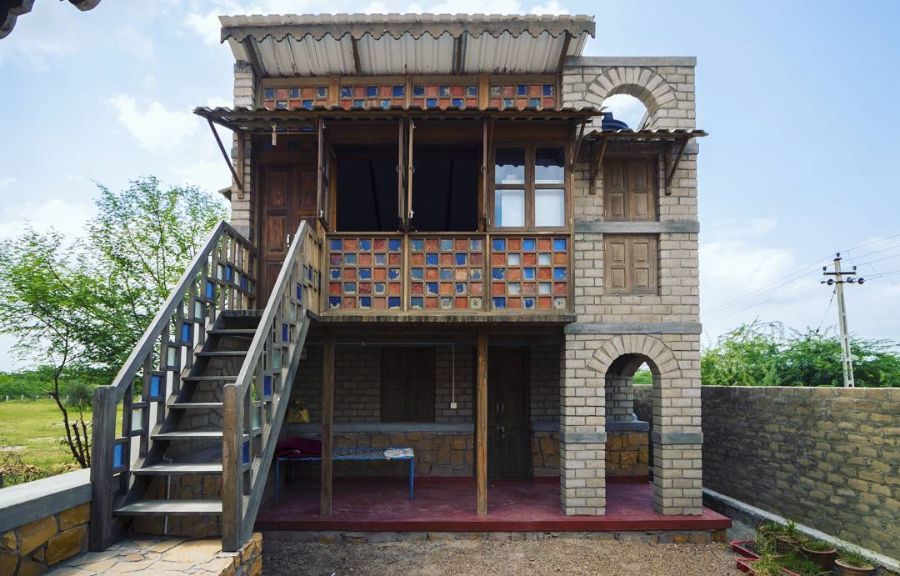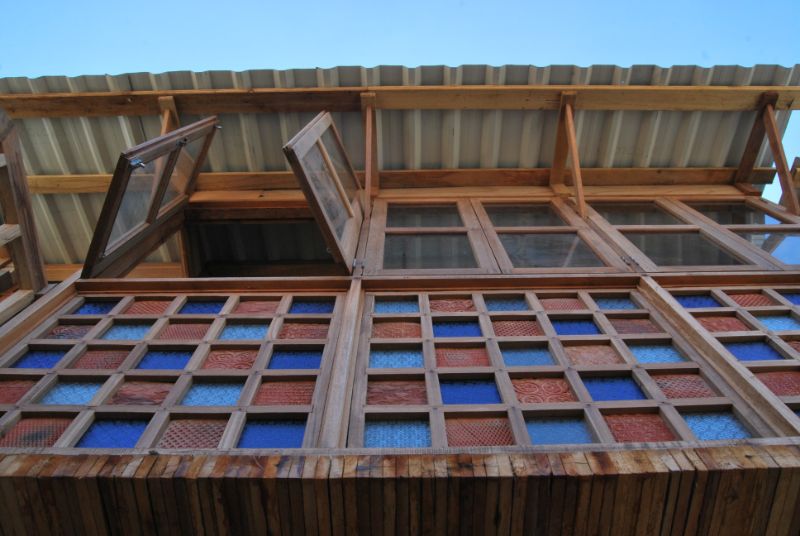OFFICE AND RESEARCH CENTER FOR BREEDERS' ASSOCIATION, BANNI
|
Photo by Ovee Thorat
|
The Banni grassland of Kutch, Gujarat is the largest natural grassland in Asia, and an area that is both socio-culturally unique, and ecologically valuable. Ethnic communities that comprise the “maldhari” pastoralists have inhabited this region. Their livestock graze in this landscape and the main occupation of this community is animal husbandry. ATREE, a research institution in the area of biodiversity conservation and sustainable development has initiated a research program that studies the long-term impact of changing ecological patterns and social processes on the Banni grassland and the implications for its pastoralist communities. Sahjeevan, a sister organisation, works closely with the pastoral communities with the objectives to make livestock based livelihood a viable economic option and set up an economically viable concept of grassland development. Thus came into existence the Banni Pashu Ucherak Maldhari Sangathan (BPUMS) with an aim to strengthen animal husbandry occupation in the Banni region.
|
|
Hunnarshala worked with the breeders’ association to design and construct a training and office center. Near the site of the annual Pashu Mela, (an animal husbandry convention celebrating the culture and breeds of the region) the building, built adjacent to the Sham-e-Sarhad resort, will help the association grow and provide sustainable livelihoods for the region.
|
|
Climate considerations were central to building’s design. The Banni grasslands are extremely hot and dusty in the summer, yet offer cooler nights and winters so the building needed to be flexible to accommodate both conditions. Using stone masonry to decrease compulsory maintenance, a series of stone fin columns were incorporated allowing for large spaces in the walls. These are filled with folding windows, closing off the building entirely to insulate it, while allowing it to open up to both capture air flow as well to welcome larger meetings. The masonry is shaded, keeping walls cool and many otlas have been placed to facilitate congregation as often as needed.
|
Local craftwork is also critical to outfitting the building with climate control mechanisms. A steel structure outlined with locally sourced leather curtains, flexible yet sturdy, will stop dust and hot air from entering the building. Working with local artisans through the linkages with KHAMIR, the leather is locally dyed and fits into the aesthetic of the area. Additionally, terracotta light fixtures have been crafted by a local artisan, adding aesthetic softness to a building outwardly hardened by its masonry construction
photo credits: (left) Nipun Prabhakar, (right) Dinesh Charan
